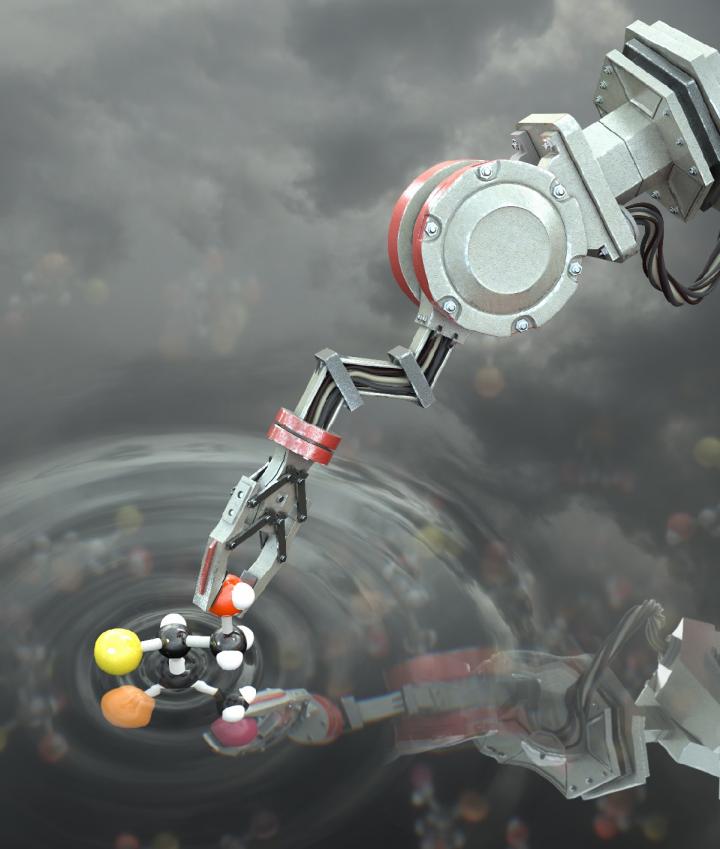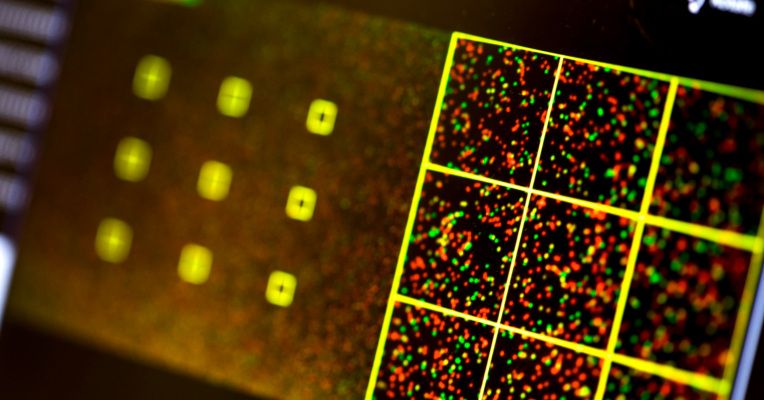Michio Kaku and Gregory Scott discuss different aspects of genetic engineering in the video below. According to Kaku and Scott, parents will soon have different genetic engineering choices to make about their children. In addition, recent discoveries by Yue Shao have yielded a new classification of parentless synthetic human embryos.
With Yue Shao’s discovery, genetic engineers might be learning to grow synthetic human embryos from anonymous stem cells donated from IVF clinics. How far this genetic engineering technology goes remains to be seen.
Michio Kaku and Gregory Scott speak about the ethical concerns of genetic engineering in the Michio Kaku video below beginning at the 29-minute mark. However, Yue Shao’s statements to MIT about the accidental discovery of how to engineer synthetic human embryos out of stem cells raises more ethical concerns.



